Ditapis dengan
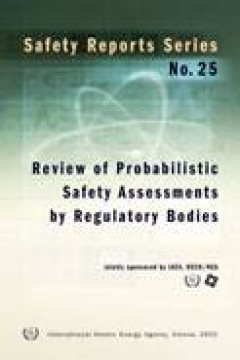
Review of Probabilistic Safety Assessments by Regulatory Bodies (Safety Repor…
-
- Edisi
- -
- ISBN/ISSN
- 9201175027
- Deskripsi Fisik
- 143 p. : illus. ; 21 cm
- Judul Seri
- Safety Reports Series No. 25
- No. Panggil
- -
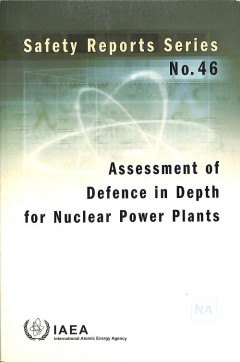
Assessment of Defence in Depth for Nuclear Power Plants
This book consist : Introduction; The concept of defence in depth; Approach for making an inventory of the defence in depth capabilities of a plant; Applications; and Conclusions. (Jml)
- Edisi
- -
- ISBN/ISSN
- 9201140045 / 10206450
- Deskripsi Fisik
- 120 p. : illus. ; 24 cm
- Judul Seri
- Safety Reports Series No. 46
- No. Panggil
- -
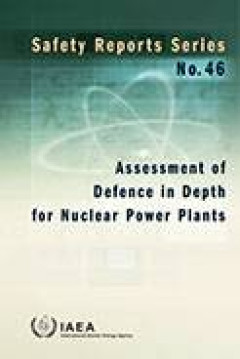
Safety Reports series No. 46: Assessment of defence in depth for nuclear powe…
This book consist : Introduction; The concept of defence in depth; Approach for making an inventory of the defence in depth capabilities of a plant; Applications; and Conclusions. (Jml)
- Edisi
- -
- ISBN/ISSN
- 92-0-114004-5 / 1020-6450
- Deskripsi Fisik
- 120 p. : Illus. ; 24 cm
- Judul Seri
- Safety Reports Series
- No. Panggil
- -

Nuclear Power Plant Development: Contract Issues, Claims and Disputes
Nuclear Power Plant Development covers the intricacies of developing a nuclear power plant project from a construction and legal standpoint. It deals with structuring, drafting, and negotiating a wide range of standard and specialised contracts relating to the development of nuclear power-generation projects and also covers the other forms of power-generating facilities. It covers the forms o…
- Edisi
- -
- ISBN/ISSN
- 978-0-429-27695-8
- Deskripsi Fisik
- 511p. : illus. ; 24 cm
- Judul Seri
- -
- No. Panggil
- 343.0925 CHE N
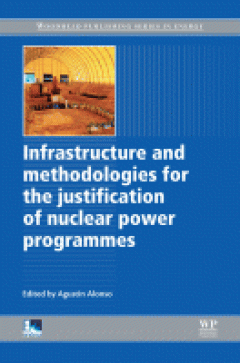
Infrastructure and Methodologies for the Justification of Nuclear Power Progr…
The potential development of any nuclear power programme should include a rigorous justification process reviewing the substantial regulatory, economic and technical information necessary for implementation, given the long term commitments involved in any new nuclear power project. Infrastructure and methodologies for the justification of nuclear power programmes reviews the fundamental issues …
- Edisi
- -
- ISBN/ISSN
- 9781845699734
- Deskripsi Fisik
- xxvi, 996p.:illus,23cm
- Judul Seri
- -
- No. Panggil
- 621.483 ALO I
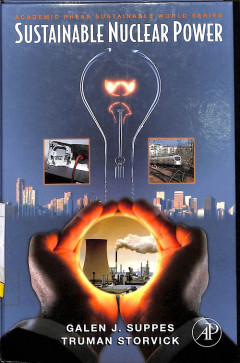
Sustainable Nuclear Power
This book consist of Introduction; The history of energy; Energy reserves and renewable energy sources; Emerging fuel technologies and policies impacting these technologies; History of conversion of thermal energy to work; Transportation; Production o electricity; Energy in heating, Ventilation, and air conditioning; Electrical power as sustainable energy; Atomic processes; Recycling and waste …
- Edisi
- -
- ISBN/ISSN
- 9780123706027
- Deskripsi Fisik
- xix, 393 p. : Illus. ; 23,5 cm
- Judul Seri
- -
- No. Panggil
- 333.7924 SUP s
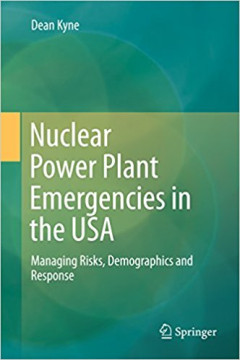
Nuclear Power Plant Emergencies in the USA: Managing Risks, Demographics and …
Managing nuclear power emergencies is significantly different from managing other types of emergencies, including fire, flood, and other disasters because nuclear disaster management requires special technical skills and a rigid protocol which outlines detailed steps and procedure before an evacuation announcement could be made. It was evident that the impacts from a nuclear power core-meltdown…
- Edisi
- 1
- ISBN/ISSN
- 978-3319503424
- Deskripsi Fisik
- 359 Hal, Illus
- Judul Seri
- -
- No. Panggil
- 363.17995

Design and Construction of Nuclear Power Plants
Despite all the efforts being put into expanding renewable energy sources, large-scale power stations will be essential as part of a reliable energy supply strategy for a longer period. Given that they are low on CO2 emissions, many countries are moving into or expanding nuclear energy to cover their baseload supply.
- Edisi
- -
- ISBN/ISSN
- 9783433030424
- Deskripsi Fisik
- 136 p. : illus. ; 24 cm
- Judul Seri
- -
- No. Panggil
- 621.312 MEI d
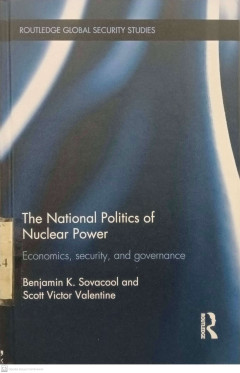
The National Politics of Nuclear Power: Economics, Security and Governance
Offering a comprehensive assessment of the dynamics driving - and constraining - nuclear power development in Asia, Europe and North America, this book provides a detailed comparative analysis of contemporary issues in the field.
- Edisi
- -
- ISBN/ISSN
- 9780415688703
- Deskripsi Fisik
- 292 p. : illus. ; 24 cm
- Judul Seri
- Routledge Global Security Studies
- No. Panggil
- 333.7924 SOV n
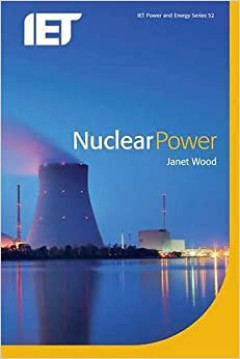
Nuclear Power
This title is the first of four 'new-look' books in the Power and Energy series that are aimed at industry professionals rather than academics. Nuclear Power explains in detail how nuclear power works, its costs, its benefits as part of the electricity supply system, and also examines its record. This book covers the debate over the pros and cons of nuclear power. Is it expensive, dangerous …
- Edisi
- -
- ISBN/ISSN
- 0863416683
- Deskripsi Fisik
- xxviii, 524 p. : Illus. ; 21 cm
- Judul Seri
- IET Power and Energy Series 52
- No. Panggil
- 621.483 WOO n
 Karya Umum
Karya Umum  Filsafat
Filsafat  Agama
Agama  Ilmu-ilmu Sosial
Ilmu-ilmu Sosial  Bahasa
Bahasa  Ilmu-ilmu Murni
Ilmu-ilmu Murni  Ilmu-ilmu Terapan
Ilmu-ilmu Terapan  Kesenian, Hiburan, dan Olahraga
Kesenian, Hiburan, dan Olahraga  Kesusastraan
Kesusastraan  Geografi dan Sejarah
Geografi dan Sejarah